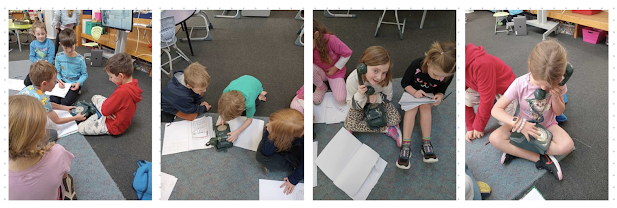Welcome back to Term 3 !
In Tautoru we continue to build our excitement around Maths. There are plenty of opportunities for our students to be creative problem solvers that can think flexibly. Our maths programme has key components that we take into consideration when planning including having our finger on the pulse when it comes to meeting a diverse range of students needs. We aim to keep maths exciting, creating an environment where maths is always an option or a choice and a priority.
Developing strong problem-solving abilities is so important. This means teaching a variety of strategies to approach and solve mathematical problems, rather than solely focusing on rote memorization that some of us would be familiar with from our schooling.
Connecting mathematics to real-life contexts helps students see its relevance in their world, fostering greater engagement and motivation to learn. It is quite interesting once you have your ‘maths eyes’ on how many maths opportunities also present themselves during play. We have a variety of materials available throughout the day where our students can explore mathematical concepts and practise their maths learning.
Developing critical thinking skills involves analyzing and evaluating information. This is important in maths as students learn to assess different approaches and solutions to find the most efficient strategy for a problem.
We work in a range of different ways in Tautoru. Our mixed ability groups offer the benefits of collaborative learning. Students discuss ideas, explain their reasoning, and learn from each other’s perspectives. Communication skills are also vital for communicating mathematical ideas. We are determined to learn 20 new maths games this term and each of these games builds on maths skills, developing number knowledge and strategy.
Maths Games are also selected to consolidate and reinforce teaching and learning and something students can choose to do throughout the day. Here are this week's maths games as examples:
.













.jpg)


